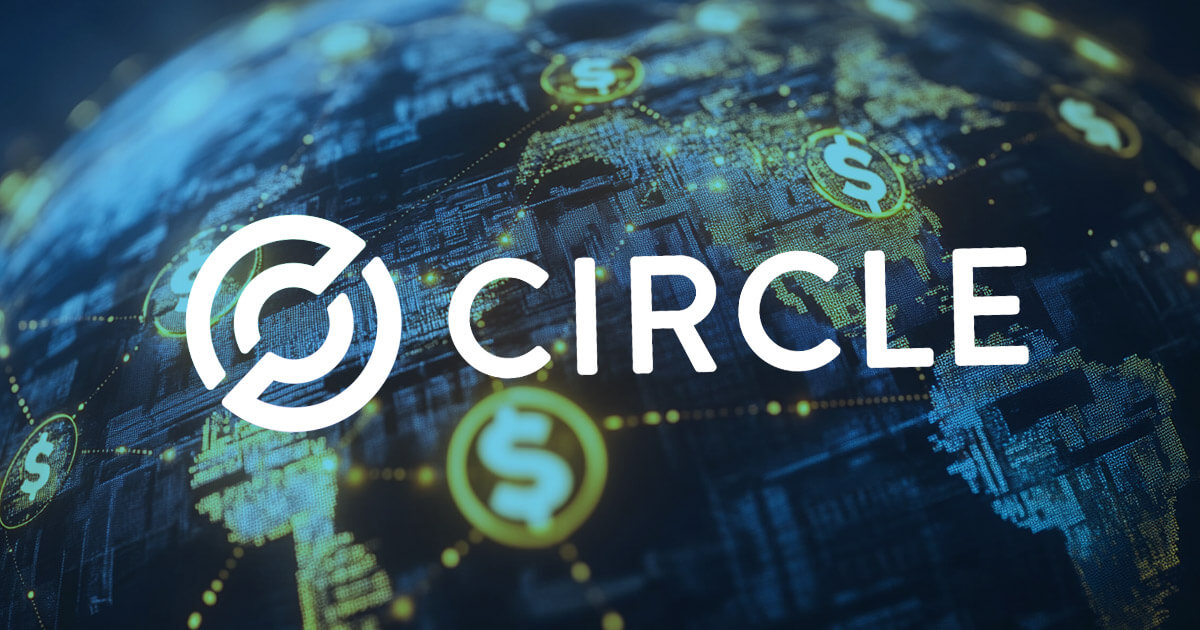
Circle has launched Compliance Engine, a tool designed to help companies meet regulatory requirements through customizable, automated compliance checks. The feature is integrated into Circle’s infrastructure, eliminating the need for separate third-party solutions and streamlining the compliance process for digital asset companies.
As companies navigate the complexities of changing regulations, Compliance Engine provides capabilities such as real-time transaction screening, periodic transaction monitoring and Travel Rule compliance for secure transfer of personal information between virtual asset service providers. These capabilities allow companies to define risk levels, automate enforcement actions, and develop preemptive block lists tailored to their needs.
Circle’s approach to regulatory compliance support
According to Circle’s announcement, the Compliance Engine is part of the company’s ongoing commitment to regulatory compliance. Circle says it has built a foundation of trust and transparency, which has played a major role in its ability to adapt to changing regulations. This commitment is exemplified by Circle being the first stablecoin issuer to comply with the European Union’s regulatory framework for crypto asset markets.
The Compliance Engine aims to remove barriers that have historically made it difficult for companies to adopt blockchain technologies. By providing tools that simplify the process of complying with regulatory obligations, Circle enables companies to confidently build on-chain services without the lengthy preparation traditionally required to ensure compliance. This approach addresses a key challenge in the sector, where regulatory uncertainty has often been a barrier to entry for new market participants.
Circle’s USDC and EURC have already positioned the company as advocates for compliance with current regulatory frameworks. The Compliance Engine further reinforces this position by providing companies with a way to integrate compliance measures directly into their operations. Because companies can tailor each feature to their needs, the tool adapts on a case-by-case basis, putting full control in the hands of users.
By proactively addressing compliance challenges, Circle aims to strengthen its market position and set a precedent for other digital asset companies. This step is particularly important given the increasing scrutiny from regulators around the world and the growing importance of compliance in maintaining market integrity.
The battle between TradFi and DeFi among stablecoin giants
While Circle initially set out to create a financial revolution, some argue that it has evolved to more closely align with traditional financial structures and regulations. This positioning could make Circle a potential partner or addition to a world full of CBDCs rather than a direct competitor to centralized monetary control.
Rival Tether’s CEO Paolo Ardoino has stated that while Tether works directly with law enforcement agencies, other stablecoins that claim to be “more compliant” require a court order, potentially giving bad actors more time to transfer funds. Over the past year, Tether has done the same voluntarily has honored 198 requests from law enforcement to freeze walletsof which 90 come from the US.
Tether’s approach to European regulation (MiCA) further illustrates its position. Ardoino has previously expressed reluctance to fully comply, stating: “MiCA requires us to place 60% of our cash reserves with various banking institutions. This could jeopardize our reimbursement system.” He added: “We are in favor of regulation, but not at any price.”
The company’s proprietary framework aims to build “an unstoppable, future-proof world,” focused on “dismantling traditional fairness systems.” Ardoino emphasized the use of technology to enable individuals, communities, cities and nations to become self-sufficient, independent and free.
This positioning contrasts with competitors like Circle, which appear to be more aligned with traditional financial structures and regulations.

